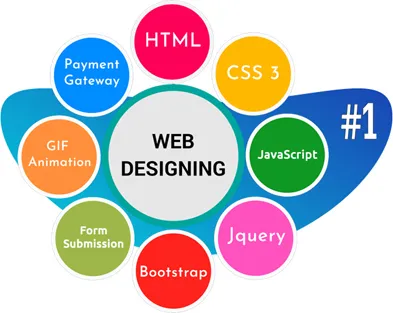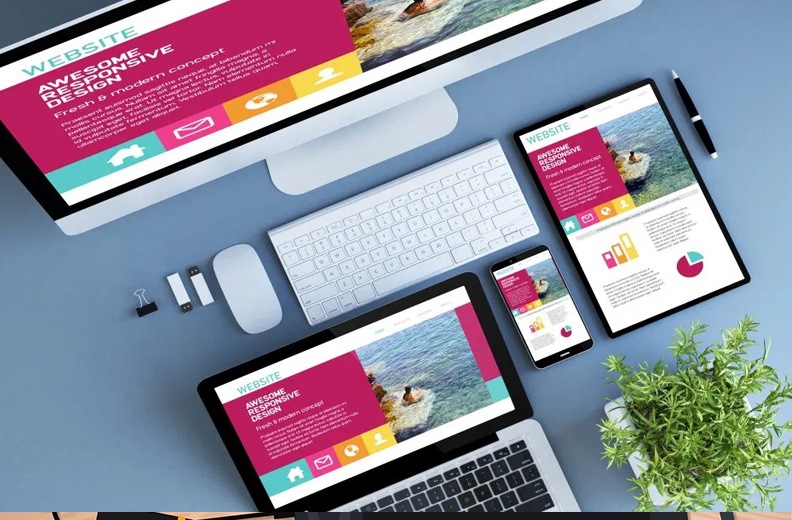- Have any questions?
- (Prasad) +91 96191 46851 | (Parag) +91 99878 20022
- support@pnpwebdesign.com
Exploring the Role of Design in Web Development: Crafting Engaging Digital Experiences

Unveiling Mumbai’s Creative Hub: Design Studios in Mumbai
March 14, 2024
Mastering the Art of Page Design: A Comprehensive Guide to Crafting Engaging Web Pages
March 14, 2024Exploring the Role of Design in Web Development: Crafting Engaging Digital Experiences

Design plays a pivotal role in web development, shaping the visual appeal, functionality, and user experience of websites. In this comprehensive guide, we delve into the significance of design in web development, exploring its various aspects, principles, and best practices to create compelling digital experiences that resonate with audiences.
-
Understanding the Importance of Design in Web Development:
Designs in website development encompasses the process of conceptualizing, planning, and implementing the visual and interactive elements of a website. It goes beyond aesthetics to encompass usability, accessibility, and user experience, influencing how visitors perceive and interact with a website. From layout and typography to color schemes and navigation, design elements work together to create a cohesive and engaging online presence.
-
The Role of Design Principles in Web Development:

Web Design layout sketch drawing Software Media WWW and Graphic Layout Website development project
Design principles serve as guiding principles that inform the creation of effective and visually appealing websites. These principles include consistency, hierarchy, balance, contrast, alignment, and usability. By adhering to these principles, web developers can ensure that their designs are intuitive, visually harmonious, and user-friendly, enhancing the overall browsing experience for visitors.
-
Integrating Design and Development Processes:
Design and development are interconnected processes that collaborate closely to bring websites to life. Designers and developers work hand in hand to translate design concepts into functional and interactive web pages. Through wireframing, prototyping, and iterative design, they refine the user interface, test usability, and optimize performance to deliver seamless and engaging web experiences.
-
The Impact of Responsive Design on Web Development:
With the proliferation of mobile devices, responsive designs has become a cornerstone of modern website development. Responsive design ensures that websites adapt seamlessly to various screen sizes and devices, providing a consistent and optimized experience across desktops, laptops, tablets, and smartphones. By prioritizing responsive design, web developers can reach a wider audience and improve user engagement and satisfaction.
-
Design Trends and Innovations in Web Development:



Web development is constantly evolving, driven by emerging technologies and changing user preferences. Design trends such as minimalism, micro-interactions, bold typography, and immersive experiences shape the aesthetics and functionality of modern websites. By staying abreast of design trends and innovations, web developers can create forward-thinking and visually stunning websites that captivate and inspire visitors.
-
Conclusion: Design in Web Development
Designs is at the heart of website development, influencing every aspect of the digital experience. From the layout and aesthetics to usability and functionality. Design plays a critical role in shaping how users perceive and interact with websites. By prioritizing design principles, integrating design and development processes, embracing responsive design, and staying abreast of design trends. Web developers can create compelling and memorable web experiences that delight and engage audiences.





